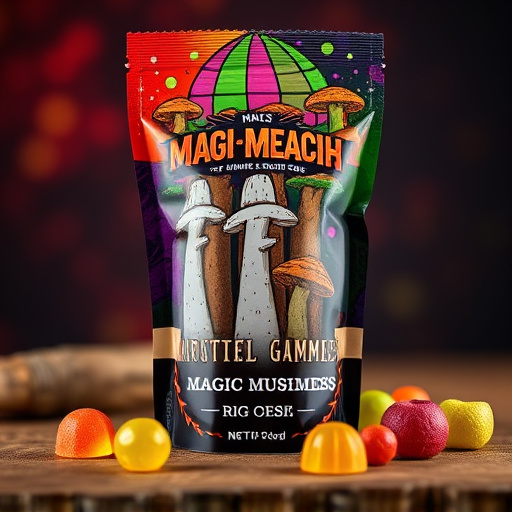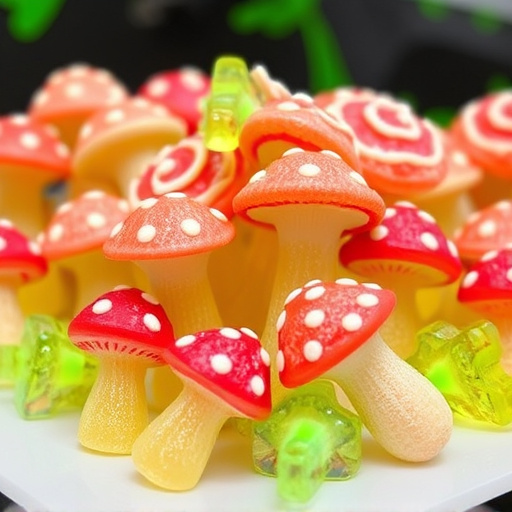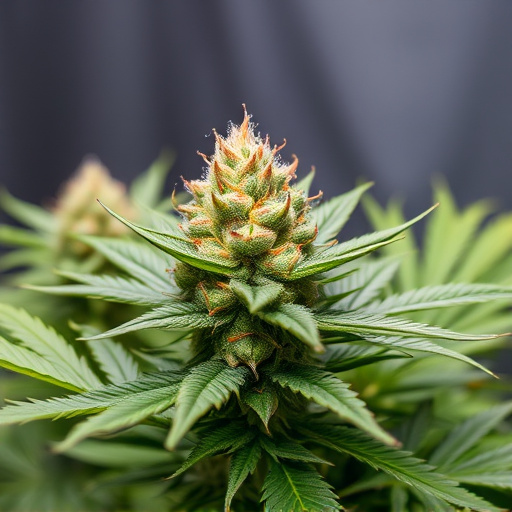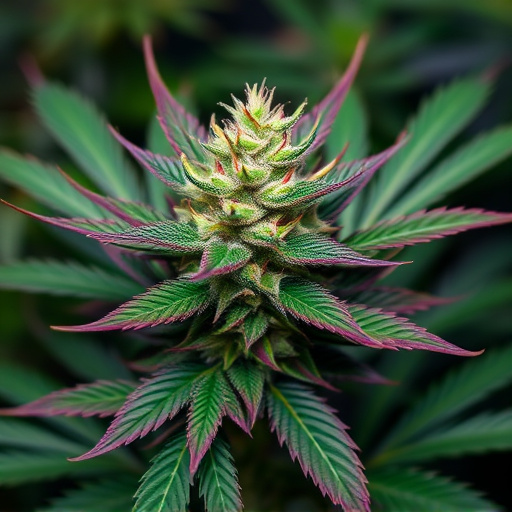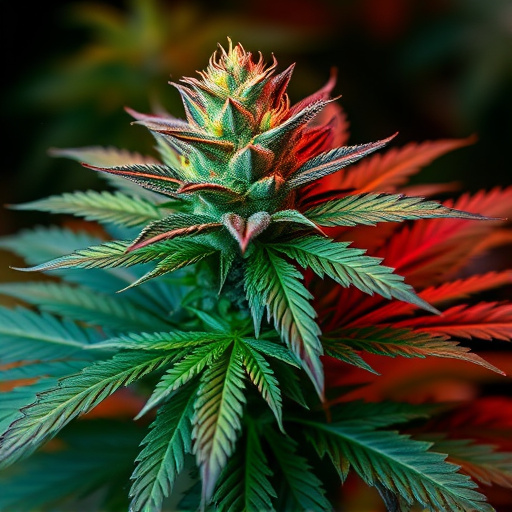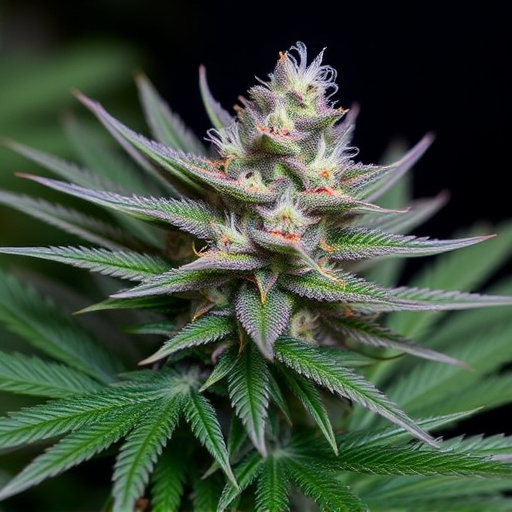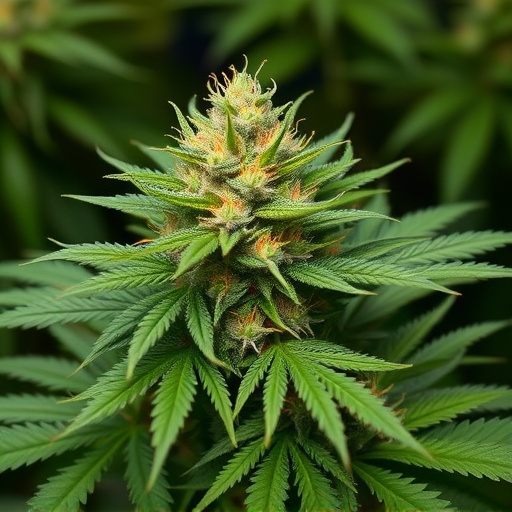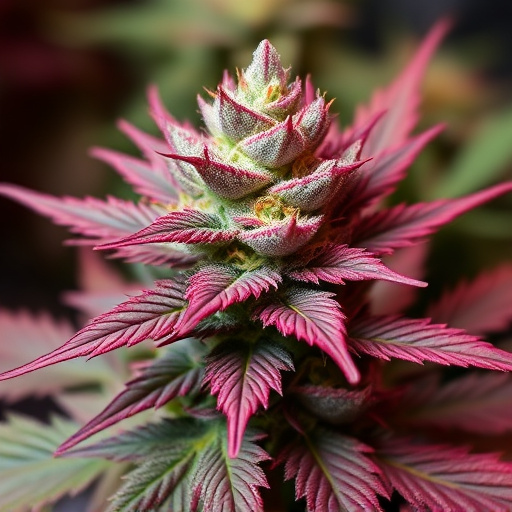Cannabinoids in cannabis come in two main types: full-spectrum and isolated. Full-spectrum extracts, including terpenes, flavonoids, and other minor cannabinoids, offer a complex interplay that can enhance THC and CBD's effects, while providing a holistic experience and potential therapeutic benefits. Isolated cannabinoids focus on single compounds, enabling precise dosing but potentially missing out on the full spectrum of benefits found in the best looking cannabis strains. To select the ideal strain, users should understand its cannabinoid profile, considering whether it delivers potent euphoria (high-THC) or subtler highs with potential therapeutic benefits (CBD-rich), while visually striking strains may also possess distinct profiles worth exploring for a more tailored and enjoyable cannabis experience.
Cannabis enthusiasts often find themselves navigating a sea of options, particularly when it comes to cannabinoids. This article dives into the comparison between full-spectrum and isolated cannabinoids, offering insights into their effects, potency, and how understanding these profiles can guide your choice of the best-looking cannabis strains. By exploring these distinctions, you’ll gain a deeper appreciation for the complex world of cannabis.
- Understanding Cannabinoids: Full-Spectrum vs. Isolated
- The Impact on Effects and Potency
- Choosing the Right Cannabis Strain Based on Cannabinoid Profile
Understanding Cannabinoids: Full-Spectrum vs. Isolated
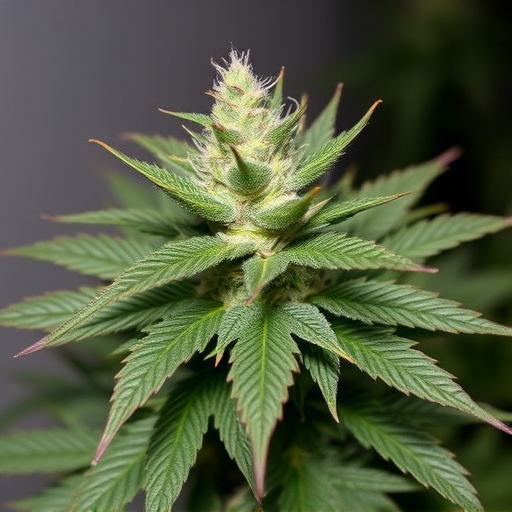
Cannabinoids are a diverse group of chemical compounds found in the cannabis plant, each with unique properties and effects on the human body. When discussing cannabis, the terms ‘full-spectrum’ and ‘isolated’ cannabinoids often come into play, referring to how these compounds are extracted and presented in products.
Full-spectrum cannabinoids refer to extracts that include a wide range of natural compounds found in the plant, including terpenes, flavonoids, and other minor cannabinoids. This means that when you consume full-spectrum cannabis, you get a more holistic experience, as these compounds work together to potentially enhance or modify each other’s effects. On the other hand, isolated cannabinoids are single compounds extracted from the plant, leaving out most of the other natural elements. While they offer focused benefits targeting specific cannabinoids like THC or CBD, they may not replicate the complex interplay found in full-spectrum extracts, which many believe contributes to the best looking cannabis strains’ desirable effects and aroma.
The Impact on Effects and Potency
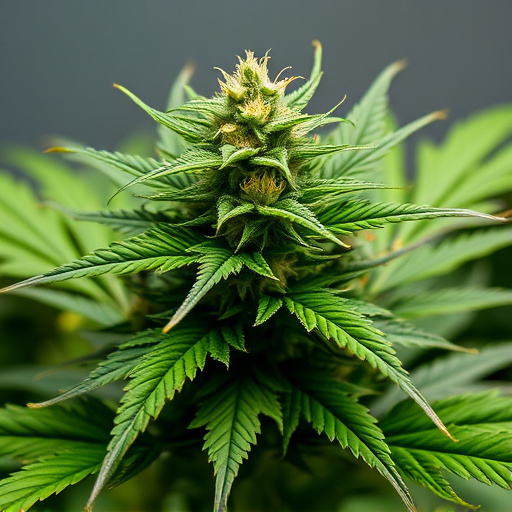
When comparing full-spectrum cannabinoids to isolated ones, one of the key factors to consider is their impact on effects and potency. Full-spectrum cannabinoids refer to extracts that contain a wide range of compounds found in the cannabis plant, including terpenes, flavonoids, and other minor cannabinoids. This natural blend can significantly influence the overall experience, as these additional compounds often enhance or modify the effects of THC and CBD. For example, certain terpenes known for their aromatic properties can also impart feelings of relaxation, euphoria, or even energy, depending on their composition.
In contrast, isolated cannabinoids are processed to remove all other components except for a single cannabinoid, such as THC or CBD. While this offers more precise dosing and targeted effects, it may not replicate the complex interplay of compounds found in nature. As a result, isolated forms might not always provide the same level of potency or the full spectrum of therapeutic benefits that best-looking cannabis strains are known for. The absence of other cannabinoids and terpenes could lead to variations in how individuals perceive and experience the effects, making full-spectrum extracts particularly appealing to those seeking a more holistic and diverse cannabis experience.
Choosing the Right Cannabis Strain Based on Cannabinoid Profile
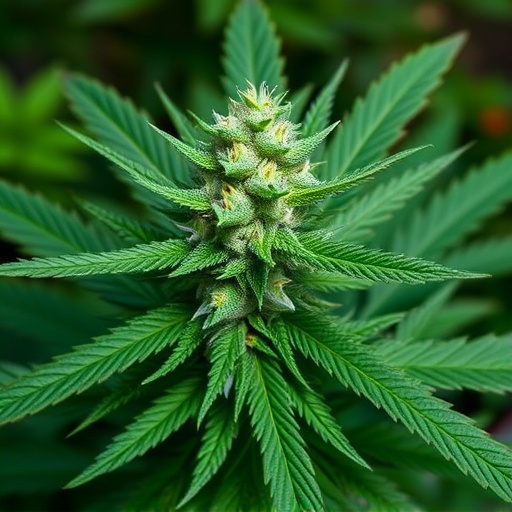
When selecting a cannabis strain, understanding its cannabinoid profile is key. Different strains boast unique combinations of cannabinoids like THC and CBD, shaping the plant’s effects on the body and mind. For example, high-THC strains are renowned for their potent euphoric highs, ideal for relaxation or pain management. In contrast, CBD-rich varieties offer a more subtle high while delivering potential therapeutic benefits without the mental impairment.
The best looking cannabis strains, often judged by their vibrant colors and striking appearances, may also have distinct cannabinoid profiles worth considering. From the vibrant green and purple hues of certain Indica hybrids to the bright orange or pink notes in Sativa varieties, these visual attributes can hint at the strain’s cannabinoid makeup. Researching specific strains’ profiles allows users to choose the best fit based on desired effects, ensuring a more personalized and satisfying cannabis experience.
When considering the cannabinoid profile of a strain, whether full-spectrum or isolated is a key decision. Full-spectrum cannabinoids offer a diverse range of effects, mimicking the natural plant profile, while isolated forms provide concentrated potency for specific needs. Understanding these differences allows consumers to make informed choices, whether seeking a balanced experience or targeting particular effects. When it comes to identifying the best looking cannabis strains, understanding their cannabinoid composition is integral to finding the perfect fit for individual preferences and desired outcomes.

